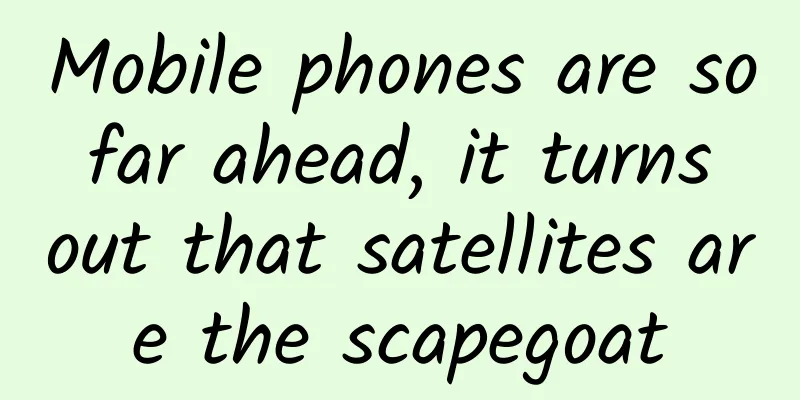How much do you know about facial recognition?

|
In recent years, with the rapid development of artificial intelligence technology, face recognition is being integrated into people's daily lives, quietly changing people's living habits, such as face payment, face recognition to open the phone, face recognition to pass, etc. So how does the machine recognize that this is a person? How does it identify who it is? Next, let's explore the mystery together and unveil the veil behind this "black technology". Overview of Face Recognition Technology Face recognition technology belongs to biometric recognition technology. It is a technology that automatically identifies people based on certain features of a person's face (such as eyes, nose, mouth, eyebrows, etc.). It is also called face recognition, portrait recognition, appearance recognition, face recognition, facial recognition, etc. It mainly uses a camera or a camera to collect images or video streams containing faces, and uses face detection technology to analyze whether there is a face. If there is, it will give the location, size and location information of key facial organs; then extract the identity features contained in this information and compare them with known facial features to identify the identity of each face. Face Detection Face detection is the first key step in face recognition and face analysis systems. It is mainly used to solve the problem of "where is the face", accurately calibrate the position and size of the face in the image, and provide it for subsequent face feature analysis and recognition. Early face detection work was mainly based on feature extraction based on carefully designed local descriptors, which can be mainly divided into four categories: knowledge-based face detection methods, model-based face detection methods, feature-based face detection methods, and appearance-based face detection methods. Among them, the more classic works include the Haar cascades classifier and the HOG (Histogram of Oriented Gridients) feature detection algorithm. However, traditional detection has limited accuracy in face detection for challenging images with multiple variation factors. Figure WIDER FACE: A Face Detection Benchmark With the vigorous development of deep learning, many face detection methods based on different deep learning architectures have gradually evolved, mainly based on cascade CNN models, R-CNN models, single-shot detector models, feature pyramid network models, Transformer models, etc., which have greatly improved the traditional face detection and recognition in terms of feature extraction, accuracy, and scalability. MTCNN is one of the more outstanding face detection models. This model predicts the positions of faces and landmarks in a coarse-to-fine manner through a three-stage deep convolutional network. The specific steps are as follows: the first stage: quickly generate candidate windows through shallow CNN; the second stage: refine the windows by rejecting a large number of non-face windows through a more complex CNN; the third stage: use a more powerful CNN to refine the results again and output the positions of five facial landmarks. Facial features Facial features, also known as facial representations, are certain features of the face, such as face length, face width, lip width, nose length, etc. Facial feature extraction is the process of modeling the features of the face to obtain vectorized facial features. Facial feature extraction can be roughly divided into three categories according to technical characteristics: Holistic methods based on global information, Local feature methods based on local information, and methods based on deep learning. Facial features based on deep learning can automatically learn features from data sets. If the data set can cover enough robust data (such as lighting, posture, expression, etc.), the algorithm can adapt to various challenges. It is also the current mainstream facial feature extraction method. Face Recognition Face recognition is the process of face comparison. The similarity of two faces is obtained by comparing the extracted facial features. The judgment method is to compare the Euclidean distance (L2 distance) or cosine distance (cosine distance) between the two features: the smaller the L2 distance, the higher the similarity; the smaller the cosine distance angle, the larger the cosine distance, the higher the similarity. According to the number of comparisons, it can be divided into 1:1 and 1:N. The most common scenario of 1:1 is the person-document comparison, such as the equipment we encounter when taking the high-speed rail. 1:N is to compare 1 face with N faces in the database. For example, in the attendance machine, our face database contains all the face photos of the entire company. Author: Jin Jianchao Unit: China Mobile Smart Home Operation Center |
<<: The Starship launch failed, but the next era of spaceflight is coming
>>: "Alkalosis" caused by excessive excitement, in which situations is it easy to "overbreathe"?
Recommend
There is a huge "hole" 15 billion light years away. Some people say it is the "wall of the universe". Is it true?
Someone discovered a huge "hole" deep i...
The flesh behind the back teeth is swollen
Oral diseases in pregnant women are important for ...
The efficacy, effects and contraindications of ginger magnolia bark
Magnolia officinalis is a Chinese herbal medicine...
Big-name skin care products actually contain fluorescent agents? How can we avoid being contaminated? ? ?
In January this year, we received an email from a...
Are frequent and smelly farts a sign of detoxification? Be careful, it may be a sign of illness!
gossip Farts are a topic of laughter in our daily...
The efficacy and function of red euphorbia
Traditional Chinese medicine is very helpful in t...
Are purebred cats more likely to get heart disease? Parents of furry children must read this!
Author: Sinan, a pet nutritionist Reviewer: Liu B...
As the temperature drops, please be careful of fire!
Cold winter Hand warmer, this "winter magic ...
This "marijuana" is full of positive energy
Before I arrived in Bama, Guangxi, I would avoid ...
Breaking the world record! This time it’s a post-00s generation
Recently, the topic "Post-00s want to break ...
The efficacy and function of Faroe Sea
Traditional Chinese medicine culture is profound ...
The efficacy and function of broad-leaved Mahonia
Mahonia latifolia is a very familiar medicinal ma...
The State Council's Safety Committee Office reminds you to take precautions →
Year-end and New Year The Ministry of Emergency M...
The efficacy and function of fried hemp seeds
Hemp seed is the mature seed of cannabis. The eff...
Alchemy has gone from legend to reality? How long can the "nobleness" of natural gold last?
At the beginning of 2024, the exchange of special...









